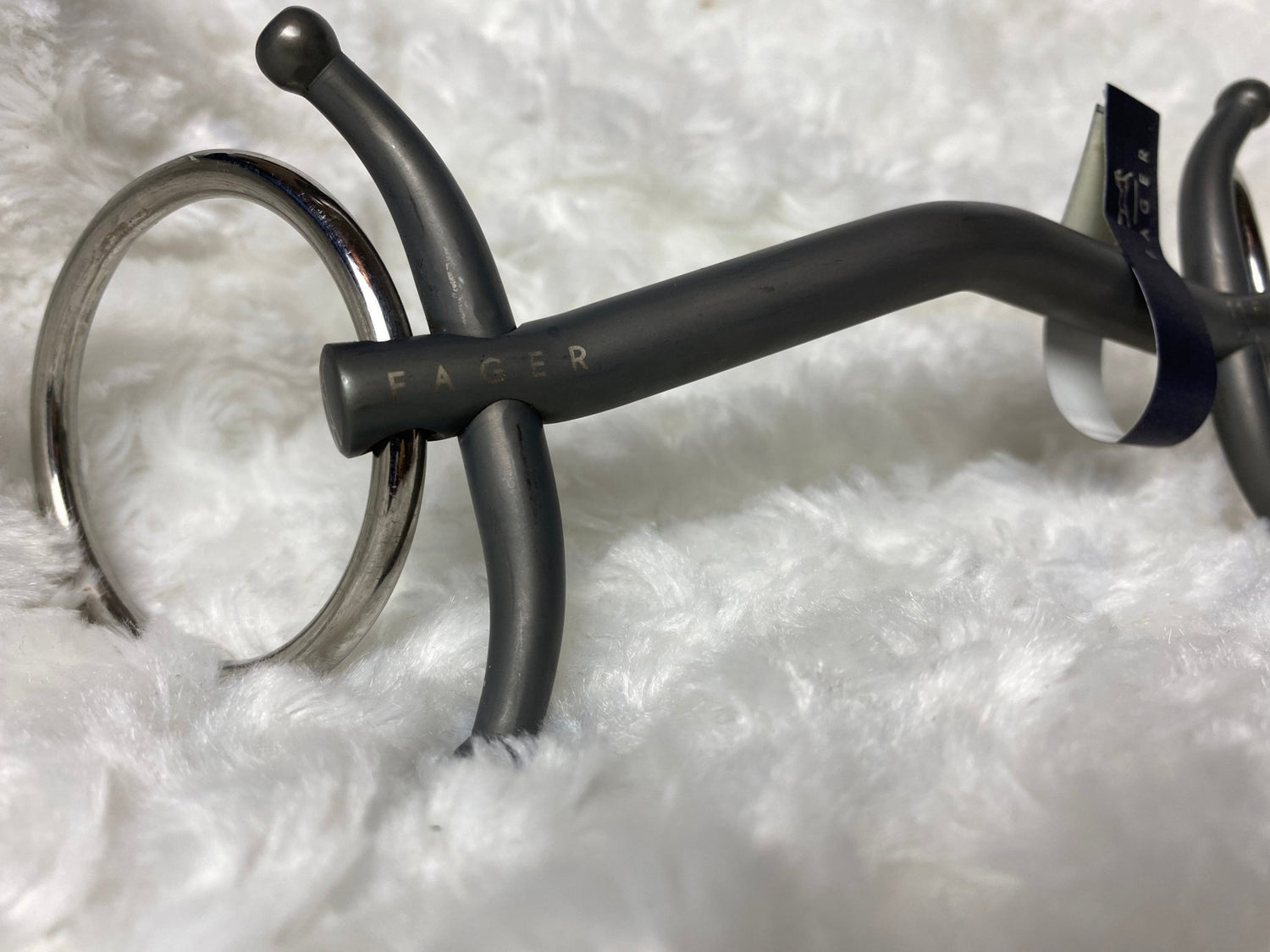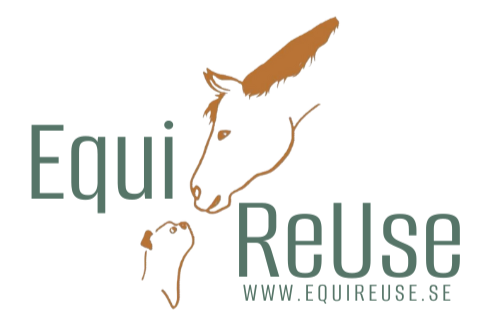The history of Magmar Natural Products
Discover a recipe that has been tried and tested for hundreds of years

Tar
Listed in the Swedish pharmacopoeia from the beginning to the end (1775 - 1946) and today in the European one.
Nordic Tar production dates back to at least the Viking Age and was long an important sideline for farmers in Norrland and Finland. An export market emerged in the 17th century.
Resin
Pharmacopoeias: All conifer resins were listed in local pharmacopoeias before Sweden received a national one in 1775.
Linnaeus tells us from Dalarna: The women, rarely the men, chew in church and elsewhere a kind of resin. Prepared in a peculiar way. The one they chew, from which the saliva flows strongly and is spat out. At least it cleans the gums and teeth.
Beeswax
The Egyptians used beeswax in mummification and the Greeks used it as an emulsifier in ointments and - of course - a firmer cerate. In the 100s, Galen invented cold cream made from beeswax that still stands.
Skincare
Not absorbed by the skin but sits on its surface with a greasy and waxy feel. Does not clog pores like paraffin.
Protects against the elements. Repels cold and water. Preserves warmth and moisture. Soothes irritated skin, which feels calm and peaceful under the wax protection. Softens dry and chapped skin.
( Source: www.shenet.se)
Magmar Skin Ointment can sometimes change in color and consistency, (softness/hardness). This is because it is very hot when poured. It hardens quickly and it can change in color shades/concentration in the resin.
Magmar Skin Ointment Dries into the skin quickly so it doesn't smudge.
Magmar Skin Ointment lies down as a protection.
For the treatment of animals:
Place the jar in a warm water bath, or take about 1 teaspoon in a plastic bag, then run warm water over the bag. This will make it liquid and easier to apply.
Mosquitoes/ticks
Are you plagued by mosquitoes and ticks? Rub some on your hands and feet and they will flee....
Documented by (Uppsala University).

